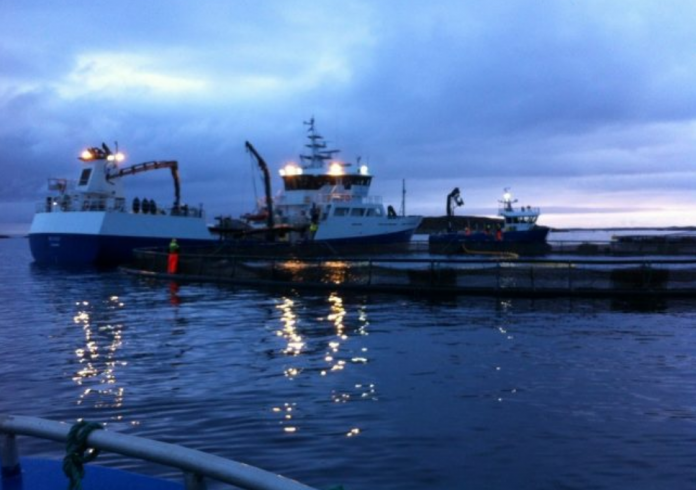A report from the European Marketing Observatory for Fisheries and Aquaculture (EUMOFA) has shown that, while production has risen 60% over the past five years, salmon and other finfish have played a decreasing role in the sector.
Mussel production (41,936 tonnes) drove the significant increase, accounting for more than half of the region’s total organic aquaculture production. Salmon production was 12,870 tonnes, followed by trout at 4,590 tonnes, carp at 3,562 tonnes, oysters at 3,228 tonne and, finally sea bass and sea bream at 2,750 tonnes.
Consumption of organic food, including seafood, throughout Europe was valued at €44.8 billion in 2020, marking an increase of 15% on the previous year.
The report, covering 2015-2020, was collated from national sources across the European Union, including the UK up to the point of its exit from the bloc on 31st January 2020.
There are eight main organic aquaculture producing countries throughout the EU: Bulgaria, Denmark, France, Germany, Ireland, Italy, the Netherlands and Spain. In total, across the EU 27 member states, 2020 production was estimated at 74,032 tonnes, making up 6.4% of the bloc’s total aquaculture output.
Organic salmon production has been hit by a number of challenges, including Brexit. Irish farms saw production drop by 3,600 tonnes to 12,780 tonnes. While Scotland saw production rise from 2,400 tonnes per year in 2016 to 13,000 tonnes, producers have been affected by post-Brexit export challenges.
Norway, the world’s largest exporter of salmon, has benefitted from the reduced supply of organic salmon within the EU, as, while not a member state, it has access to the single market. Norway produced 25,546 tonnes of organic salmon in 2020, versus just 10,000 tonnes in 2015.
“As for finfish, organic production has not increased because of the limited demand from the market and the technical difficulties in producing under the organic scheme including the availability of organic feed and juveniles,” the report outlined.
A separate EUMOFA report will highlight the potential ways that growth can be achieved in EU organic aquaculture.

